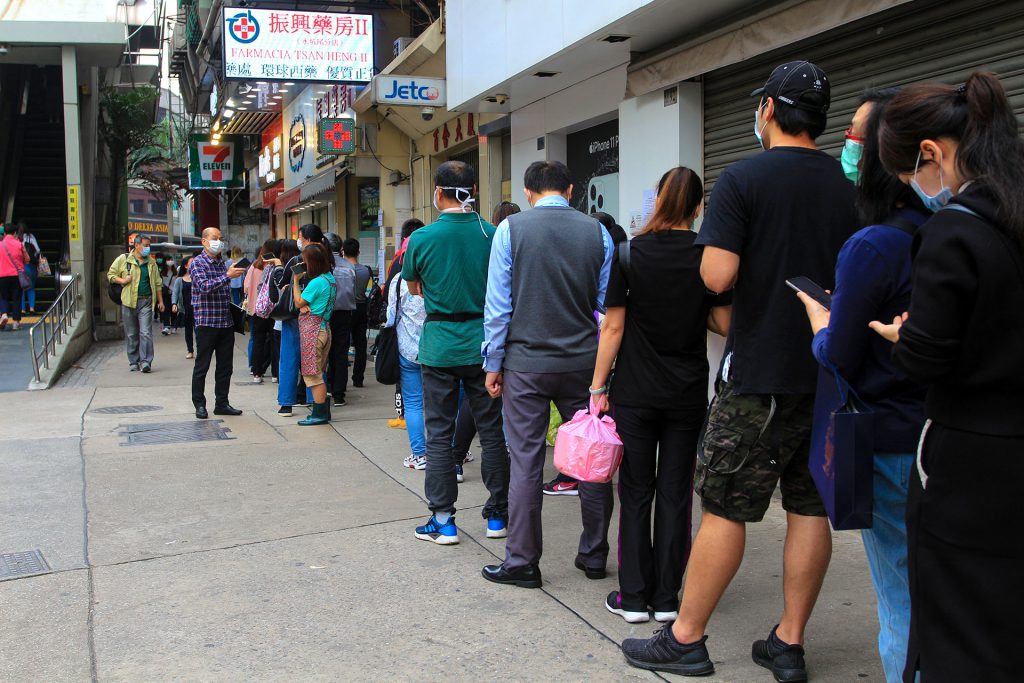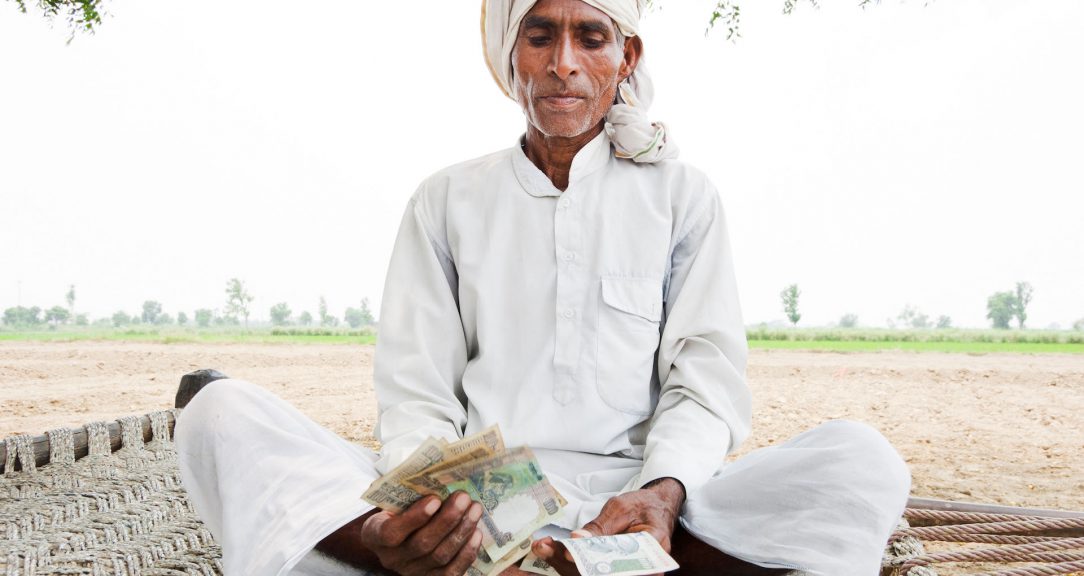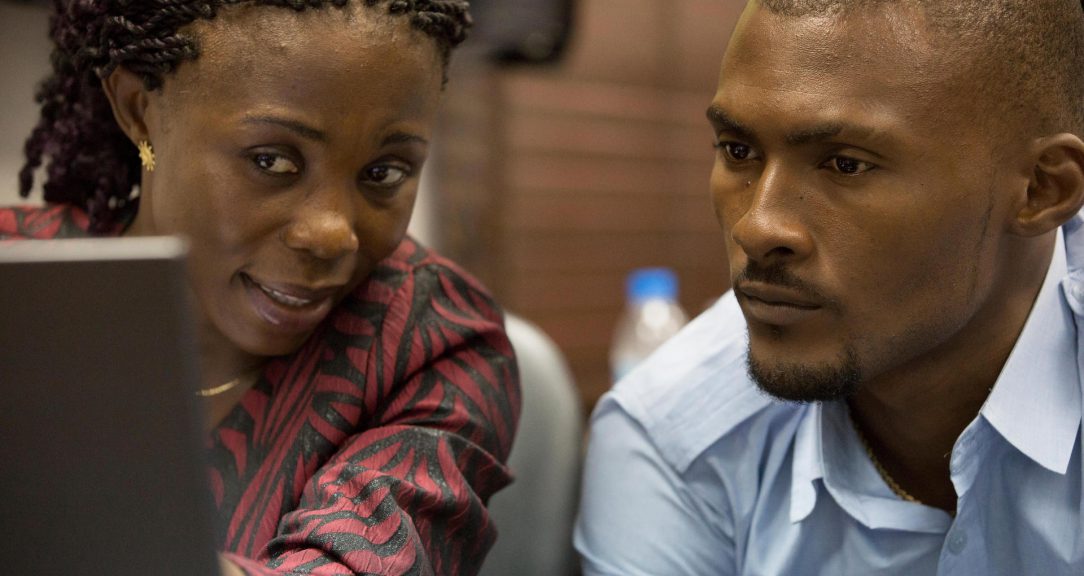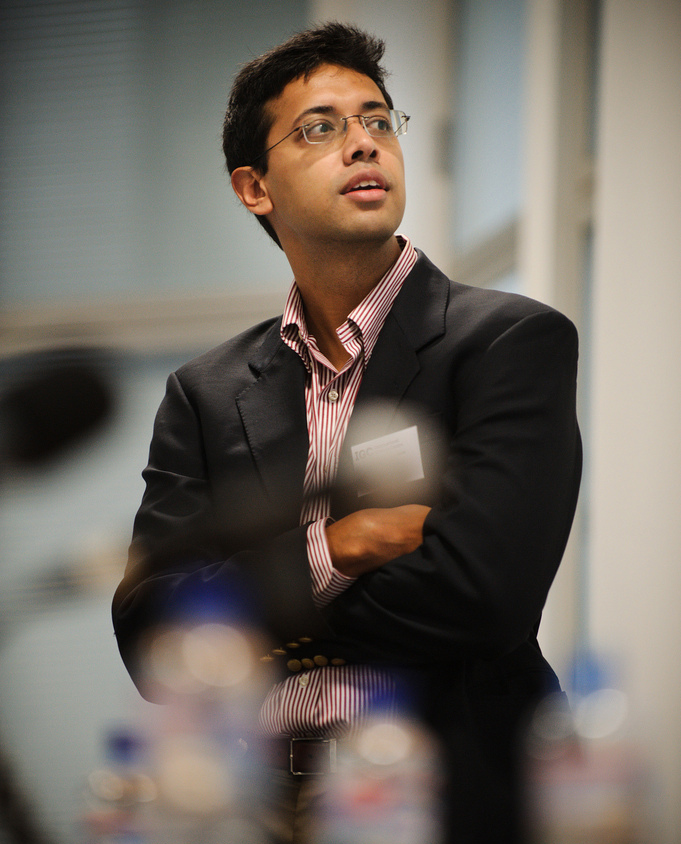
As the Covid-19 pandemic ravaged local and global economies, governments around the world agreed that “we need to get money in the hands of people quickly,” says Mushfiq Mobarak, professor of economics at Yale University and founder of the Yale Research Initiative on Innovation and Scale.
Governments across the globe are revving up Covid-19 vaccine distribution while also trying to revive stalled economies. Many countries are facing the largest economic crisis since 2008, and each one is tackling the threat of economic depression in their own way. Since the World Health Organization declared the pandemic in March 2020, many have rolled out multiple stimulus packages, injecting money into social programs, businesses, and entire industry sectors and, most vitally, supplementing paychecks.
“While the economic stimulus approaches vary widely, most countries have agreed on one thing: giving people cash.” Mobarak says. “That was universal.”
“While the economic stimulus approaches vary widely, most countries have agreed on one thing: giving people cash.”
Measures meant to stop the spread of coronavirus, such as lockdowns and international travel restrictions, hit many industry sectors hard. With the poor and working classes especially vulnerable, most governments are taking responsibility for ensuring their people get through this trying time.
China and Asia
China was unique in its pandemic response, Mobarak says, in that its measures were strict and swift, but it also took care of its citizens.
“The main thing that China did that made the response so successful is that they were very decisive,” he says. “Their quick response to the virus helped its economy.”
When China ordered a complete lockdown of several of its provinces, it made sure its people had food delivered to them by opening up e-commerce, using existing delivery platforms, and regulating price gouging, the Wall Street Journal reported.
“Providing people that security was essential,” Mobarak says. “It helps you implement the lockdown policy better.”
China was one of the few major economies that still experienced GDP growth in 2020, growing by 2.3%, while the U.S. economy shrunk by 3.6%, and the euro zone by 7.4%. There were no cash payments to individuals, but the World Politics Review said China’s modest fiscal and monetary response is a “direct reflection of its effective public health response.”
Many countries are continually putting out new stimulus measures as the situation continues. In December 2020, BBC News reported Japan’s newest round of stimulus totaled ¥73.6 trillion ($708 billion). Earlier last year, Japan announced two stimulus packages worth a combined $2.2 trillion, which included cash payments to households averaging about $935 per person, as well as small business loans. About $384 billion of the new package will be directly spent, the BBC stated.
India focused on helping its citizens in more direct ways than just cash grants. Though 30 million senior citizens did receive one-time cash payments equivalent to $13.31, the government also provided free grain and other staples to low-income families for three months, and free cooking gas to women in rural areas for three months. This targeted approach, especially in rural areas, helped ensure people were fed.
Australia
A good example of targeting comes from Australia’s policy for direct cash handouts and its job-keeping initiative. In March 2020, the Australian government made one-off payments of AUD 750 (about $580) to veterans, retirees and other income support recipients along with support payments to businesses to help keep employees on their payrolls. Jobseekers received AUD 550 every two weeks for six months. Under the JobKeeper payment scheme, employers received AUD 1,500 every fortnight for every employee they kept over the following six months.
Mobarak says the Australian government had “all the best attributes of targeting.”
The Americas
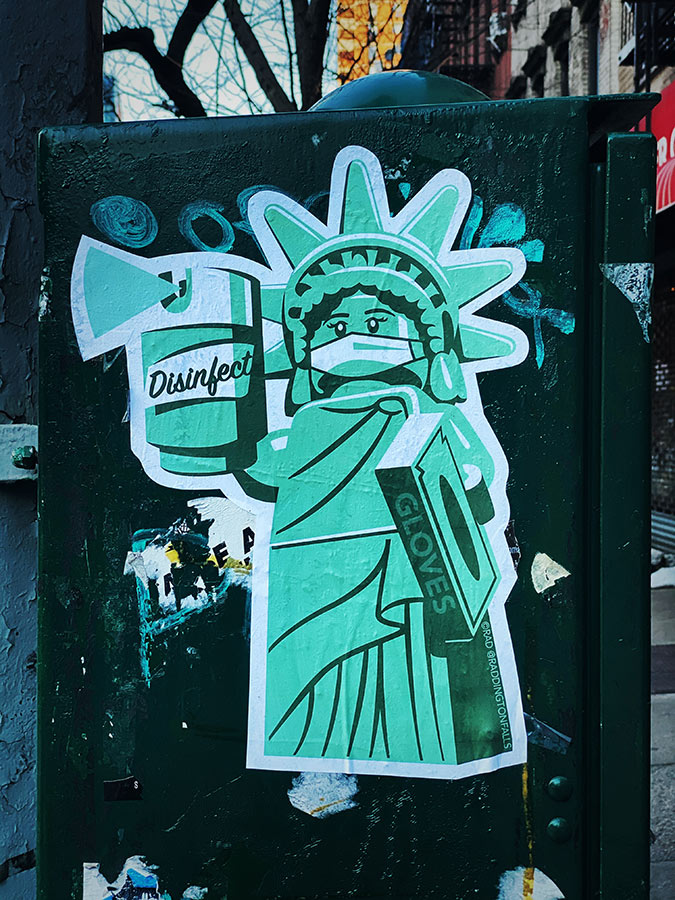
Countries that were unable to set a firm course on lockdown measures saw increased numbers of coronavirus cases and deaths, and struggled to directly support those in need.
By the time the United States started mandating mask-wearing in all federal buildings and requiring travelers to submit negative Covid-19 tests before arrival in January 2021, its total number of confirmed cases was nearing 25 million.
The first round of direct checks to U.S. citizens was sent out in April 2020 as part of a $2.2 trillion stimulus bill. Individuals earning less than $75,000 a year received $1,200, while couples earning less than $150,000 received $2,500.
Recently, the U.S. passed a $900 billion bipartisan stimulus bill, which includes a new round of $600 stimulus checks for individuals and families. A third stimulus package may be on the horizon, but the effectiveness depends on one crucial thing, Mobarak says.
“Targeting. You need to identify people and give them money as opposed to giving it to everybody,” he says. “There could be a lot of mistargeting, which means there’s a lot of people who are getting support who don’t need it, which would be called an insertion error, or there might be lots of people who need support and aren’t getting it, which we call an exertion error.”
Canada passed its largest economic relief package since World War II, Finance Minister Chrystia Freeland said in December. The government is allotting CAD 100 billion ($79 billion) to kickstart the country’s post-pandemic economy and distribute a Covid-19 vaccine. Tourism, travel and arts industries will be eligible for business loans up to CAD 1 million, and families are eligible for checks for up to CAD 600 per child under 6 years old, the BBC reported.
In the British Virgin Islands, a small U.K. territory in the Caribbean, the government imposed several 24-hour lockdowns while it bolstered its healthcare systems. In the meantime, government-sponsored food bags were distributed to those in need, and an economic stimulus package, including direct payments for unemployed individuals, was announced at the end of May. However, the Virgin Islands government did not disclose how much individuals received.
At first, Brazil did not relax its tight fiscal rules, and instead realigned its current spending by making room for deferrals. Still, it included cash aid to low-income families, the equivalent of $40 a month for three months. After Brazil declared a “state of calamity” in March, the government was able to spend over its set spending limits. It announced $8 billion in credit to small and medium-sized companies willing to pay wages to employees they kept on their payroll.
Mexico had the smallest economic stimulus package of all Latin American countries, but its fiscal conservatism kept the budget deficit low. Mexican President Andrés Manuel López Obrador was opposed to taking on any more debt and did not give any cash handouts, the Financial Times reported.
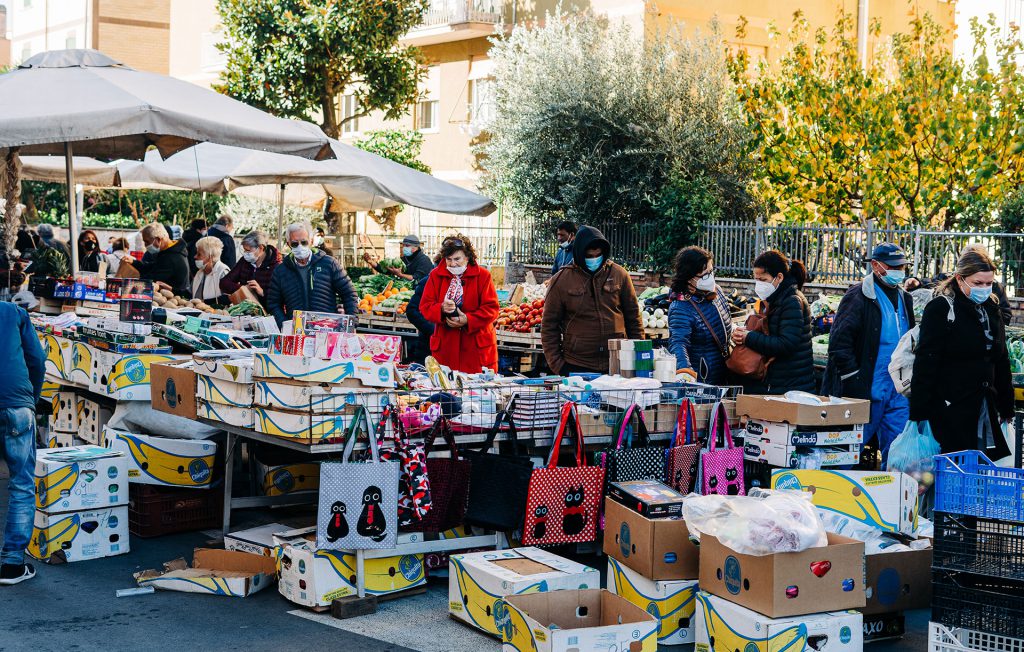
Europe
In September, French Prime Minister Jean Castex laid out a two-year €100 billion ($121 billion) recovery plan. The country offered businesses of fewer than 50 people support payments of up to €10,000 per month from a solidarity fund, but it didn’t offer direct cash payments to people.
Italy’s first stimulus package in March 2020 included the distribution of a €600 allowance to self-employed and seasonal workers, and those on parental or care leave. The fourth relief package in October extended wage support, including up to €1,000 for workers in hard-hit sectors such as tourism.
Germany had the largest fiscal stimulus and relief measures, in terms of overall size and percentage of GDP, of any country in Europe. Like France, cash payments were directed at businesses and self-employed people rather than individuals. But Germany did make bonus Kindergeld cash payments of €300 per child to parents in 2020.
The U.K.’s central bank has distributed several rounds of stimulus packages. Its third package included grants of up to 80% of workers’ salaries if companies kept them on their payrolls, up to £2,500 ($3,470) per month per employee for three months. The third round of cash support for self-employed people making less than £50,000 a year was £7,500 for three months; the next round will begin in March 2021.
And elsewhere
Russian Prime Minister Mikhail Mishustin said in June that Russia’s economic stimulus plan would cost the country 5 trillion rubles ($73 billion) over two years. This would include the creation of a financial reserve to support quarantined citizens for loss of income. Families could apply for a three monthly payments of RUB 5,000 for children under 3 in 2020, and a one-time payment of RUB 10,000 for children ages 3 to 16.
South Africa announced a $26 billion stimulus plan in April, of which about 10% went to cash transfers and social grants for six months. Recipients received between $16 to $32 per month. The government extended the stimulus package in October for three more months.
While governments globally have placed restrictions on movement in order to curb the spread of the virus, Mobarak said that successfully enforcing those lockdowns goes hand-in-hand with ensuring that people have money.
“Without that money, people might be desperate and might end up making decisions that have longer-term adverse consequences for themselves and for the economy as a whole,” he said.
Read more
Sign up to keep up to date with ReThink Q.
